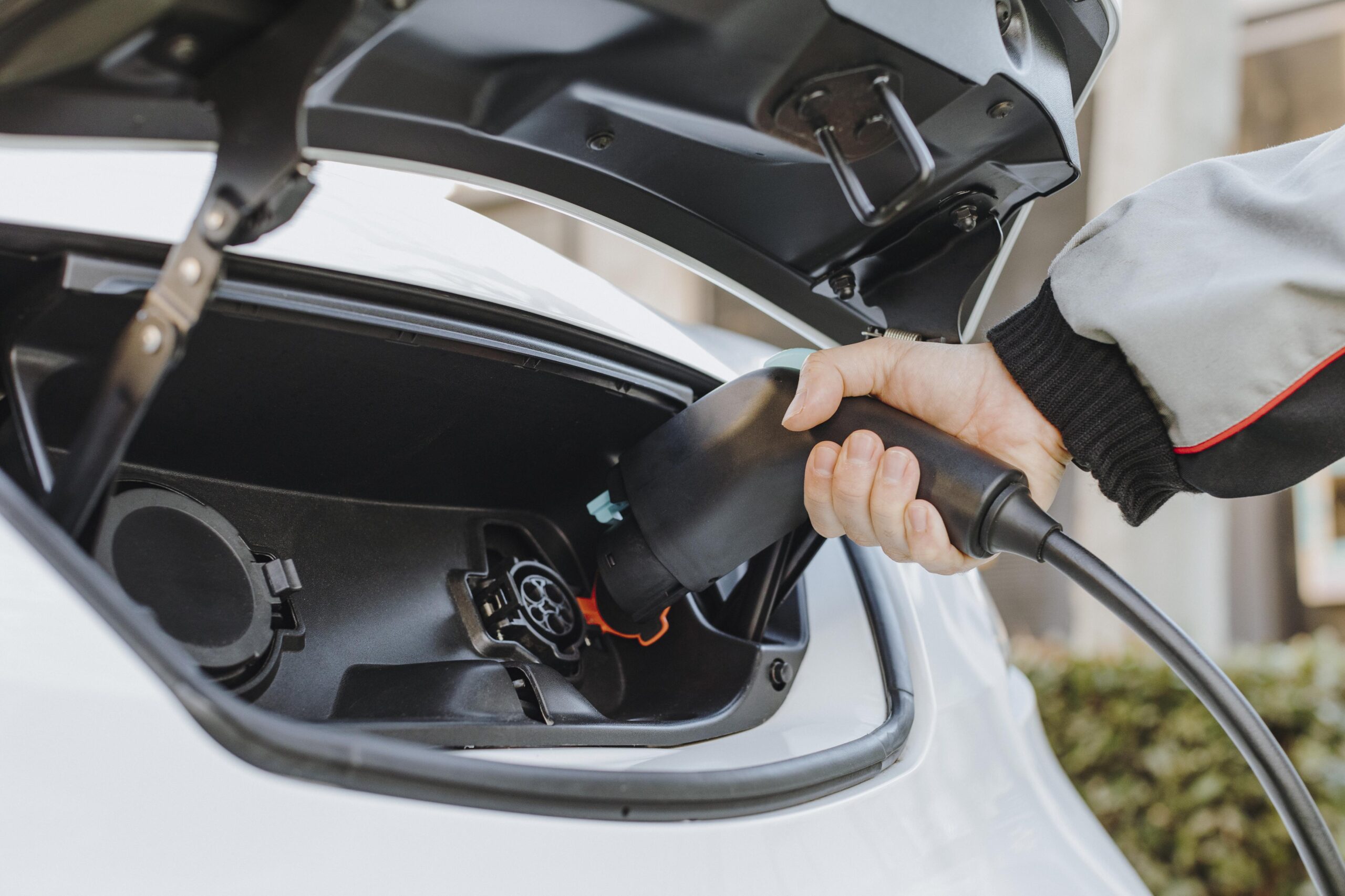The Workplace Charging Scheme (WCS) is a government initiative that provides support towards the up-front costs of the purchase and installation of electric vehicle (EV) charge points. It’s aimed at businesses, charities, and public sector organisations to encourage the adoption of electric vehicles by helping them install charging infrastructure. We spoke to Tom Bloor, Managing Director of evec, a supplier of affordable charging solutions for domestic and commercial use, for more detail. More from our February edition here!
Tom, can you help us understand the Workplace Charging Scheme: its benefits and drawbacks?
Through the Workplace Charging Scheme, eligible applicants can receive up to £350 per socket, with a maximum of 40 sockets across all their sites. This scheme contributes towards the cost of purchasing and installing EV charge points, making it more financially feasible for workplaces to offer charging facilities for electric vehicle users.
Here are some key points regarding its benefits and drawbacks:
Benefits
- Financial Support: The scheme offers financial support in the form of grants to help with the upfront costs of installing EV charge points at workplaces.
- Encourages EV Adoption: By making charging more accessible at workplaces, it supports and encourages employees to transition to electric vehicles.
- Reduces Emissions: Promotes the use of cleaner transportation, contributing to the reduction of greenhouse gas emissions.
- Business Image and Corporate Social Responsibility: Companies implementing WCS can showcase their commitment to sustainability and environmental responsibility, which can enhance their brand image.
Drawbacks
- Initial Costs: While the WCS provides grants, the initial installation costs can still be significant for businesses, especially for smaller companies.
- Space and Infrastructure: Workplace charging installations may require adequate space and suitable infrastructure, which might be challenging for some workplaces, especially older buildings or smaller spaces.
- Management and Maintenance: Operating and maintaining the charging infrastructure might require additional resources and management.
Demand Management: If the number of EVs exceeds the available charging points, it might lead to congestion and potential dissatisfaction among employees.
The UK has been actively supporting the development of charging infrastructure for electric vehicles (EVs). Initiatives include the government’s commitment to invest in expanding the public charging network and providing grants to support the installation of chargepoints.
What is being done to support charging infrastructure development in the UK?
The UK government has been actively supporting the development of charging infrastructure for electric vehicles (EVs). Initiatives include:
- Grants and Funding: The government offers grants for workplace charging points through the Workplace Charging Scheme (WCS). These incentives help reduce the upfront costs of installing EV chargers.
- Public Charging Network Expansion: Continuous efforts are made to expand the public charging network. Organisations like the Office for Zero Emission Vehicles (OZEV) collaborate with local authorities and private entities to increase the number of public charging points across the country.
- Regulations and Standards: The government sets standards and regulations to ensure interoperability and reliability of charging infrastructure. It works with industry stakeholders to establish common standards for charging connectors and payment methods, enhancing user experience and ease of access.



